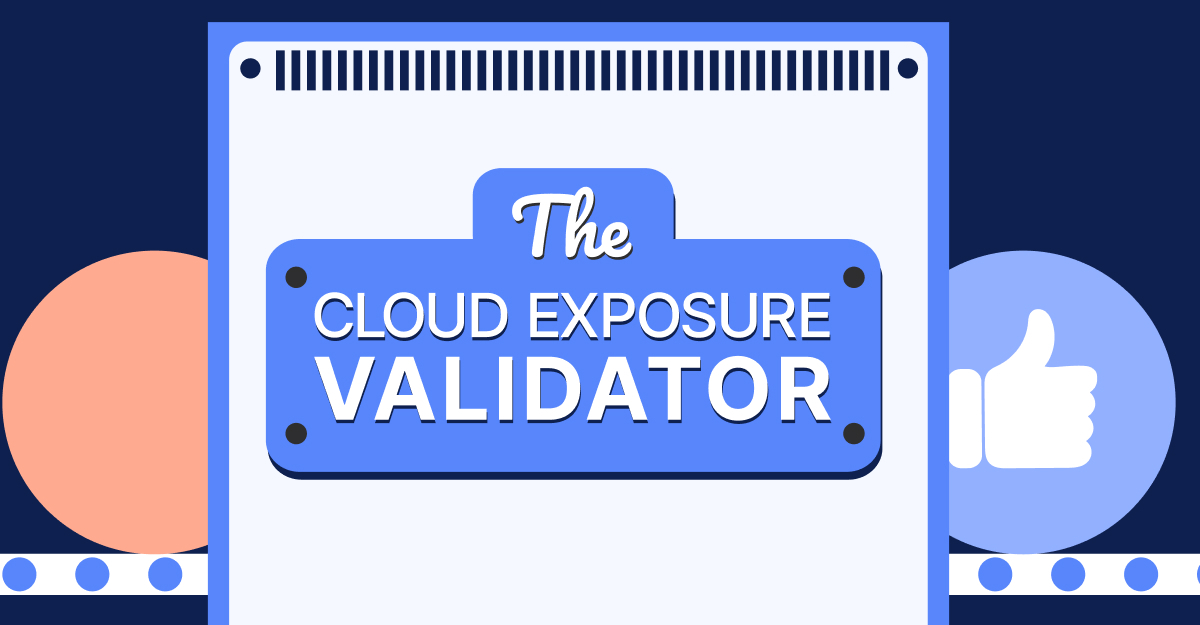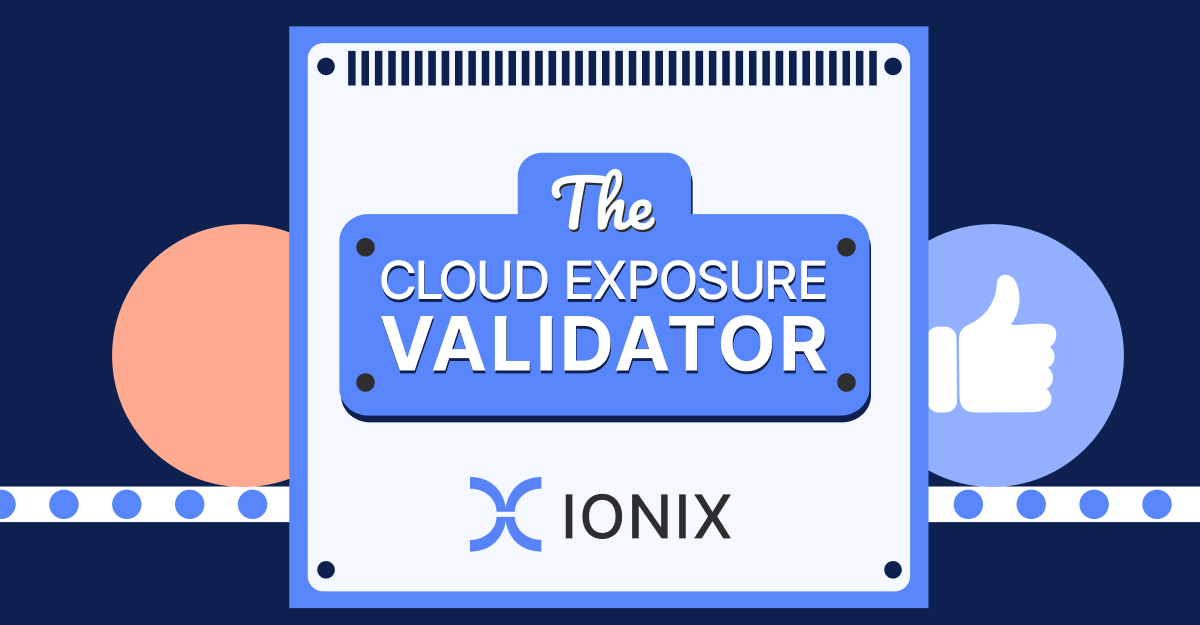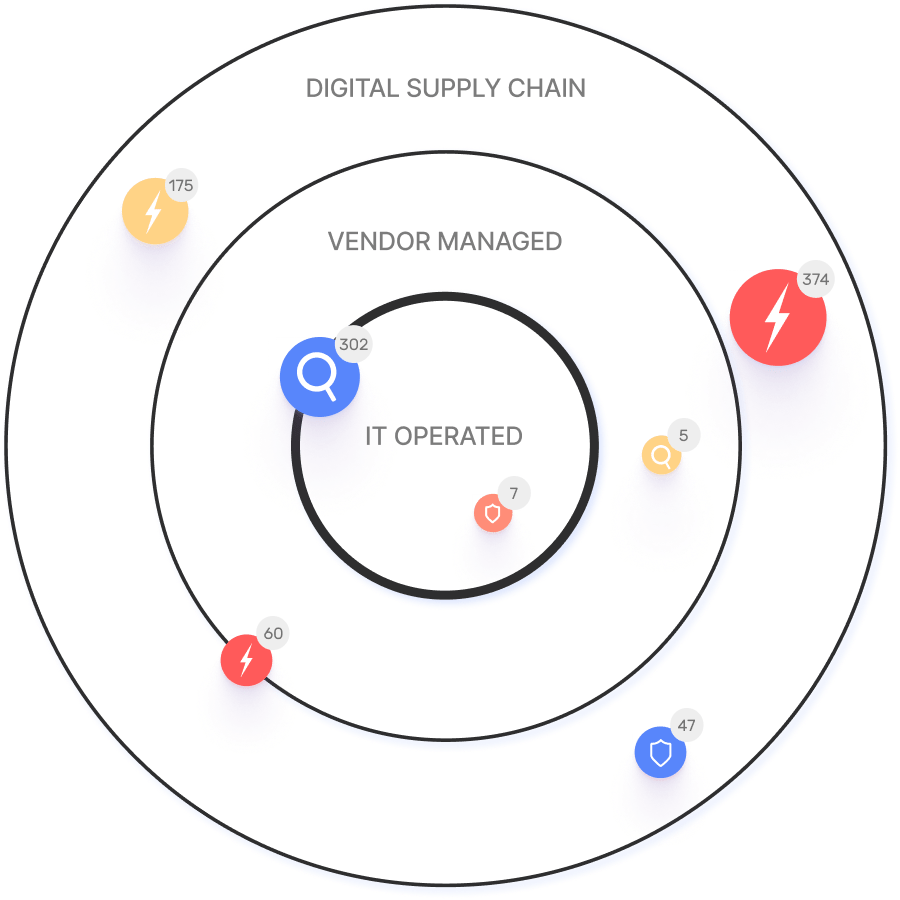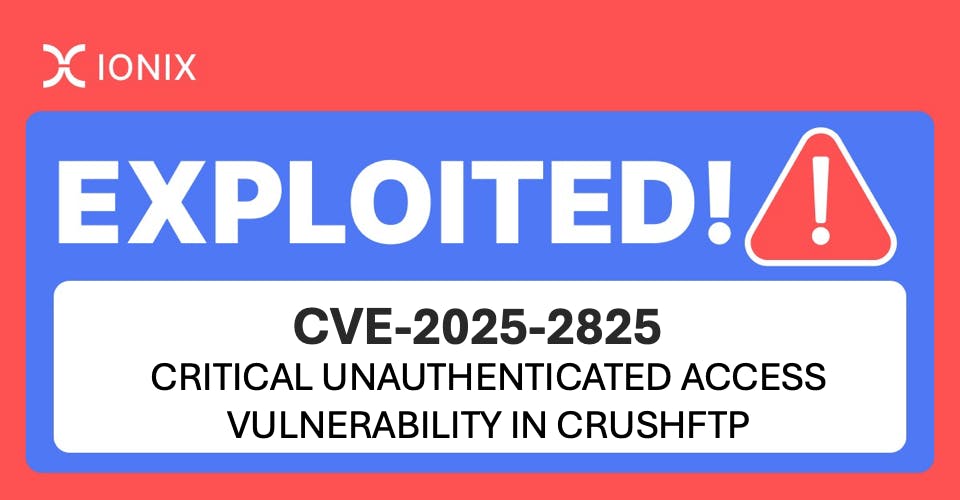What Is CTEM? Understanding Gartner’s CTEM Framework

In this article
Breaking Down Gartner’s Acronyms CTEM, TEM, EM
In the world of cybersecurity, nothing stays still for long. The endless proliferation of new technologies and rapidly shifting threat landscapes forces organizations to continually reevaluate their approach to risk. Over the last two decades, security teams have leaned heavily on vulnerability management (VM) solutions to identify, classify, and patch software vulnerabilities on internal assets. But as digital footprints have expanded—extending into the cloud, APIs, IoT devices, and external web assets—these traditional approaches have struggled to keep up. The sheer number of new vulnerabilities, the rapid speed at which exploits appear, and the massive sprawl of attack surfaces have made old methods insufficient.
Enter Continuous Threat Exposure Management (CTEM), a framework coined by Gartner to help security leaders streamline, operationalize, and align their efforts around one central goal: managing and minimizing organizational risk in real time. CTEM is not a product. Instead, it is a program or process composed of people, tools, and workflows. Below, we will dive into what CTEM is, how it came about, and why it’s becoming such an important piece of the security puzzle.
From Vulnerability Management to Exposure Management
A Brief History of VM
Vulnerability management came onto the scene over fifteen years ago, primarily focusing on scanning internal networks to discover known Common Vulnerabilities and Exposures (CVEs). Most early VM tools generated static lists of vulnerabilities, assigned severity based on the Common Vulnerability Scoring System (CVSS), and helped teams patch and fix.
However, these first-generation solutions had notable shortcomings:
- Focus on Internal Assets Only
VM platforms tended to concentrate on endpoints and servers within the network perimeter. As more assets moved into public clouds and as external web footprints multiplied, these tools left big blind spots. - Basic Prioritization
Relying on CVSS or other similarly broad scoring systems did not accurately reflect real-world exploitability. Security teams would wind up with endless vulnerability lists, unsure of which truly mattered. - Explosion of New CVEs
Every year, the number of reported vulnerabilities has grown dramatically. By 2016 and beyond, the volume of CVEs had already far outstripped any team’s ability to patch them all. - Siloed Tools
Over time, many adjacent security categories emerged—external attack surface management (EASM), continuous security posture management (CSPM), digital risk protection (DRP), breach and attack simulation (BAS), and more. Each tried to fill gaps that VM left behind, but ended up creating a confusing ecosystem of overlapping solutions.
What had started out as “scan, patch, repeat” has morphed into a vast zoo of point solutions, ironically making it harder for organizations to manage risk consistently.
The Emergence of Gartner’s Continuous Threat Exposure Management (CTEM)
Analysts at Gartner recognized this swirl of confusion: new categories and acronyms were popping up each year, while security leaders kept asking the same questions:
- “What essential tools or processes do I need to manage my organization’s risk effectively?”
- “How do I unify all these point solutions into one coherent effort?”
- “How can I operationalize vulnerability reduction in a meaningful, continuous way?”
To bring clarity, Gartner introduced CTEM as a framework. Instead of defining yet another technology category, they sketched out a methodology or life cycle aimed at continual risk reduction.
Crucially, CTEM is never a product. You cannot buy a “CTEM tool” off the shelf. Any vendor claiming to offer a “CTEM product” is stretching the term. Instead, CTEM breaks down organizational security into a five-phase cycle:
- Scoping – Determine the environment or “attack surface” you want to focus on. You might choose to focus initially on your external internet-facing assets or on a particular project (e.g., cloud infrastructure).
- Discovery – Identify all relevant assets within that scope. For external exposure, this may involve mapping your subdomains, hosts, IP ranges, and cloud resources to gain a comprehensive view of what attackers might see.
- Prioritization – Evaluate discovered vulnerabilities or misconfigurations in terms of actual exploitability and business context. Which are the high-risk exposures that attackers are exploiting in the wild right now?
- Validation – Go beyond theoretical vulnerability listings by testing real exploit paths. Automated or manual methods can confirm which vulnerabilities represent genuine exposures.
- Mobilization – Operationalize the fix. This step means closing the loop: patching, reconfiguring, applying compensating controls, or otherwise remediating validated exposures—and ensuring each step is tracked and measured for continual improvement.
CTEM vs. Exposure Management
Another layer of terminology you may see is “Exposure Management” or “Threat Exposure Management (TEM).” Analysts sometimes use “TEM” and “EM” interchangeably to describe the technology category that includes vulnerability management, EASM tools, breach and attack simulation, and more. Think of Exposure Management as the set of solutions that help implement the CTEM framework in practice. If CTEM is the process and program, then Exposure Management technologies are the tools that support that process.
Why CTEM Matters
Organizations looking to understand their risk posture across internal and external assets have found that point solutions—like pure discovery or scanning solutions—often fall short. In a world where attackers move rapidly and new vulnerabilities appear daily, security leaders need continuity.
Key Challenges That CTEM Addresses
- Rapidly Expanding Attack Surface
Cloud services, third-party APIs, mergers, acquisitions, and remote work have drastically increased the number of externally reachable assets. Continuous scanning and monitoring are necessary for any chance of coverage. - Overwhelming Vulnerability Volumes
With thousands of new CVEs discovered every year, using only static severity scores leads to dashboard overload and patching chaos. CTEM’s emphasis on real validation and intelligent prioritization cuts through this noise. - Operational Complexity
Security teams must coordinate with IT, DevOps, and business units to remediate issues. CTEM frames that coordination into a consistent, cyclical workflow to better streamline fixing. - Context and Exploitability
The shift from pure vulnerability management to exposure management is about clarifying which flaws can actually be exploited. Combining threat intelligence, automated exploit tests, and business context ensures organizations focus on the exposures that truly matter.
Applying CTEM in Practice
The beauty of CTEM is its flexibility. An organization could decide to:
- Scope: Focus on security blind spots in their external-facing web assets across multiple subsidiaries.
- Discover: Use EASM capabilities to identify and inventory every domain and subdomain, plus technology stacks behind them.
- Prioritize: Filter the discovered vulnerabilities by current real-world attack campaigns, the presence of active exploits, and the criticality of the system.
- Validate: Launch safe, automated simulations or vulnerability exploit scripts to confirm whether issues are truly exploitable.
- Mobilize: Directly integrate these findings into a ticketing system, guiding internal or third-party teams to remediate swiftly, while measuring improvement over time.
Once an organization has honed these five steps externally, it can then replicate them for cloud environments, internal networks, or identity-related exposures. By repeating the CTEM methodology across various scopes, leaders see a clearer path to continuous risk reduction rather than a one-time point-in-time audit.
Common Misconceptions
- “CTEM is a product.”
As noted above, this is not the case. CTEM is a framework or program. No single vendor’s technology can fulfill all the steps. Many might fill multiple steps (discovery, validation, and prioritization), but there is no single, all-in-one “CTEM box.” - “We can replace vulnerability management entirely with CTEM.”
CTEM and vulnerability management are not mutually exclusive. In fact, traditional VM remains an essential piece for scanning and patching certain categories of internal systems. CTEM simply expands beyond that to clarify bigger questions of where exposures exist, how exploitable they are, and what to fix first. - “We only need a discovery tool to do CTEM.”
Discovery alone is not enough. EASM (External Attack Surface Management) tools uncover external assets, but they rarely provide deep exploit testing, advanced prioritization, or integrated remediation workflows. CTEM demands you also validate issues and drive them to closure. - “We already have ‘threat exposure management.’ Is that the same thing?”
Sometimes “Threat Exposure Management (TEM)” is used interchangeably with “Exposure Management (EM).” They refer to the broader technology category. You still need the overarching CTEM process to unify your tools, people, and workflows.
The Road Ahead for Gartner’s CTEM
Market definitions often shift quickly. Today, Gartner positions CTEM as a framework, while “Exposure Management” or “Threat Exposure Management” sits at the category level in their well-known hype cycles. However, frameworks can evolve into recognized categories over time—just as previous Gartner concepts like CNAPP (Cloud-Native Application Protection Platform) ended up converging multiple technologies.
What is clear is that organizations need a continuous, end-to-end approach for discovering, validating, and remediating critical exposures. CTEM offers the high-level roadmap. Security professionals no longer need to navigate an alphabet soup of separate solutions—EASM, VM, CSPM, DAST, BAS—without a coherent strategy. By adopting CTEM, they can shape these tools into a unified operational cycle that addresses real risk in real time.
How to Start a CTEM Journey
In a cybersecurity world inundated with acronyms and overlapping solutions, Continuous Threat Exposure Management (CTEM) stands out by clarifying how to systematically reduce risk, not just what to buy. It is not a product or a single technology. Instead, it is a comprehensive program that integrates scoping, discovery, prioritization, validation, and mobilization into a continuous cycle of improvement.
By focusing on the entire journey—where vulnerabilities exist, how attackers might exploit them, and how teams can swiftly fix them—CTEM offers security leaders a blueprint for cutting through the chaos. Whether it’s bridging existing VM solutions, layering in external attack surface discovery, or integrating advanced validation techniques, CTEM ensures everything works together under one unified mission: proactive, ongoing reduction of real-world exposure.
As the adoption of CTEM continues, expect to see more organizations move away from one-off scanning or siloed point tools. Instead, they’ll embrace a holistic approach that ties discovery and validation directly to remediation. In an era of never-ending vulnerabilities and lightning-fast exploit development, CTEM offers a guiding light—a systematic, repeatable methodology for managing risk across the enterprise’s expanding digital horizon.






